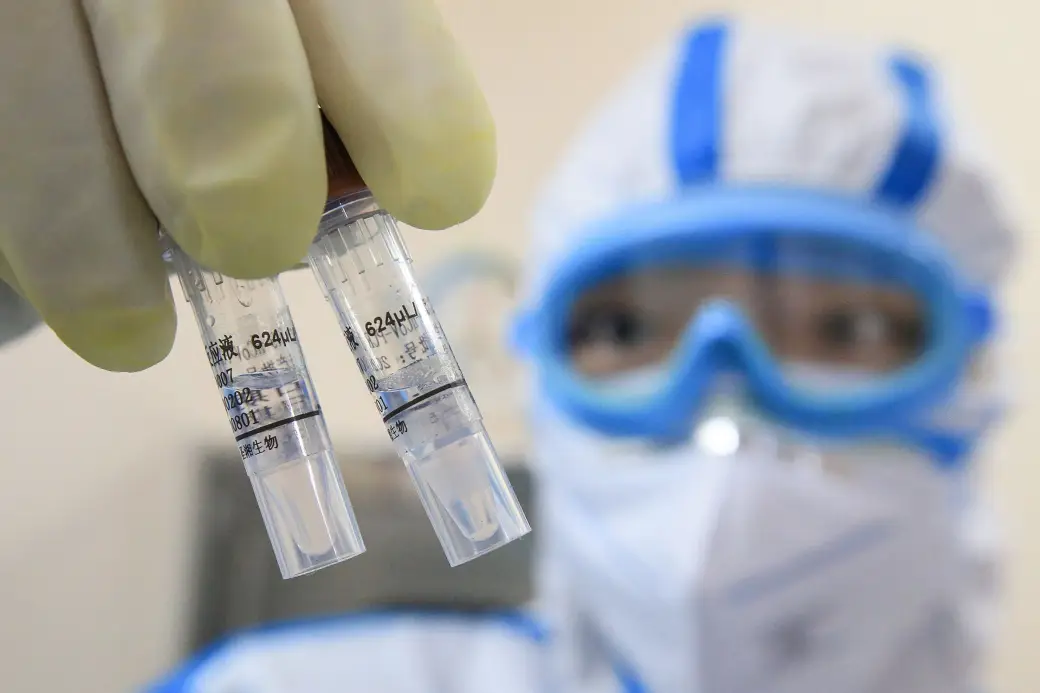Kathmandu’s Air Quality Reaches Unhealthy Levels, Shortening Lifespan of Locals
On Wednesday, air quality in the Kathmandu Valley worsened to unhealthy levels, with the city ranking as the sixth most-polluted in the world. According to IQ Air Visual, a Swiss organization that monitors global air quality, Kathmandu’s PM2.5 levels hit 189 micrograms per cubic meter (μg/m3) early in the morning. This level is classified as unhealthy, with sensitive groups, such as children, the elderly, and those with respiratory conditions, experiencing more severe effects. In Chitwan’s Meghauli, air pollution reached even higher levels, with PM2.5 levels recorded at 207 μg/m3, which is considered ‘very unhealthy’. PM2.5 refers to tiny particles in the air that are less than 2.5 micrometers in diameter. These fine particles are especially dangerous as they can enter the lungs and bloodstream, leading to a range of health problems, particularly for those with existing health conditions. While air quality typically worsens during the winter and dry seasons, experts have criticized the lack of effective action from authorities to address the ongoing pollution crisis. Studies show that toxic air is now shortening the lives of Nepali citizens by about five years. A report from the Air Quality Life Index (AQLI), a measure developed by the University of Chicago’s Energy Policy Institute, revealed that polluted air is more harmful to life expectancy than smoking or high blood pressure. Toxic air is deadlier than tobacco use and high blood pressure, which reduce life by 2.8 years and 1.7 years. As air quality continues to deteriorate, there are growing concerns about its impact on both public health and life expectancy across Nepal.



